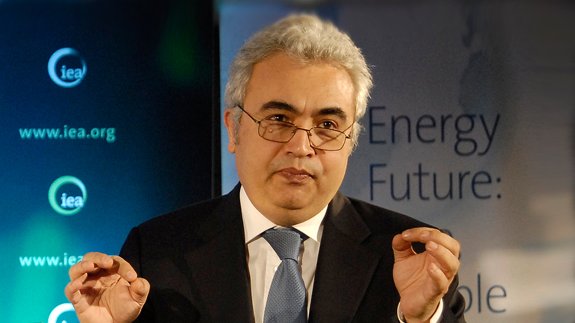The growth of the world’s capacity to generate electricity from solar panels, wind turbines and other renewable technologies is on course to accelerate over the coming years, according to a new report by the International Energy Agency (IEA).

Some 95% of growth in global power-generation capacity is projected to come from renewables by the end of 2026.
However, the report cautions that renewables growth will still need to double to reach the Paris Agreement goal of achieving net-zero emissions by 2050.
Even the IEA’s “accelerated case,” in which governments tackle challenges related to regulation, policy and implementation, would not be enough.
The Paris-based organisation expects 2021 to set a fresh record for new installations, surpassing the previous all-time high set last year. This comes despite rising costs for key materials used to make solar panels and wind turbines.
The partly positive trend is according to the IEA driven by stronger policy support and to an extent by more ambitious clean energy goals announced before and during the recent UN Climate Change Conference COP26 in Glasgow.
“This year’s record renewable electricity additions of 290 gigawatts are yet another sign that a new global energy economy is emerging,” said IEA Executive Director, Fatih Birol.
The report forecasts that, by 2026, the planet’s renewable electricity capacity will rise more than 60% from 2020 levels to over 4 800 GW – equivalent to the current total global power capacity of fossil fuels and nuclear combined. The amount of renewable capacity added over the period of 2021 to 2026 is expected to be 50% higher than from 2015 to 2020.
Of the projected almost 95% increase in global power capacity through 2026, solar PV alone is expected to provide more than half. Solar PV refers to solar photovoltaic, a way of directly converting light from the sun into electricity.
The growth of renewables is forecast to increase in all regions compared with the 2015-2020 period. China is set to be the main driver of renewable capacity growth over the coming years, according to the IEA, with Europe, the U.S. and India following on behind. These four markets together account for 80% of renewable capacity expansion worldwide.
“The growth of renewables in India is outstanding, supporting the government’s newly announced goal of reaching 500 GW of renewable power capacity by 2030 and highlighting India’s broader potential to accelerate its clean energy transition,” said Birol. “China continues to demonstrate its clean energy strengths, with the expansion of renewables suggesting the country could well achieve a peak in its CO2 emissions well before 2030,” he added.
The IEA’s report acknowledges that several factors have the potential to hold back the sector going forward, with renewables facing a range of policy uncertainties and implementation challenges. These include issues connected to everything from permitting and financing to grid integration and social acceptance.
This sobering tone echoes previous statements from the IEA. In October, it claimed that clean energy progress remained “far too slow to put global emissions into sustained decline towards net zero.”
In a sign of how much work needs to be done, the IEA’s World Energy Outlook 2021 stated that for all the advances being made by renewables and electric mobility, 2021 is seeing a large rebound in coal and oil use, which is contributing to the second‐largest annual increase in CO2 emissions in history.
